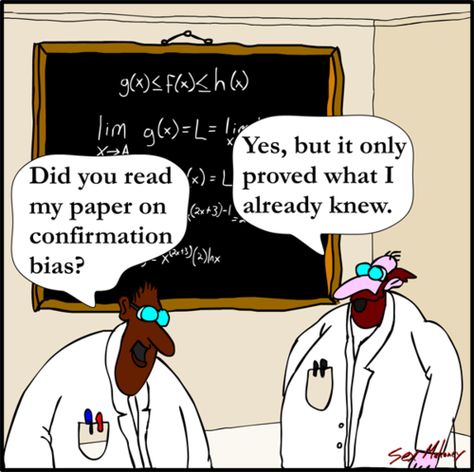
By Christopher Antonio, Founder and CIO of Dipsea Capital LLC
Chris presented at Hedge Connection’s Deal Ring event in Chicago on June 27th.
TRICKS OF THE TRADE: Strategies to Offset the Cognitive Biases That Impair Our Performance
Long ago, in a galaxy far, far away…..(actually it was Chicago in the late 1990’s), I had the good fortune to work with the author and trading coach, Mark Douglas. He was fond of reminding me that successful trading is simple, but it’s not easy.
My interpretation and ongoing reflection ask why can we identify edges in the markets with a favorable, probabilistic outcome scenario, but ultimately have so much difficulty in executing our plan?
Cognitive Biases
There are numerous factors which can degrade our performance from a psychological perspective. Today I’ll begin with three of them, and offer a few tricks I use as a fund manager to assist in neutralizing sub optimal decision making.
According to Wikipedia, a cognitive bias is a systematic pattern of deviation from rationality in judgement. Today so many cognitive biases have been identified, it makes one believe there is little hope of ever making a rational decision. In spite of this, the laboratory of the markets has led me to the following tools we’ve found helpful to counteract flawed decision making.
- Confirmation Bias: Our tendency to embrace information that supports our preexisting beliefs or hypotheses. In the context of portfolio management, this predisposition frequently comes into play when one has a position in the markets. By virtue of having made the decision and commitment to enter a trade, it becomes more difficult to remain objective about the position’s merits.
Clearly, assuming one is involved in liquid markets, receiving objective feedback about the merits of a position is not difficult. The mark to market profit or loss is an unbiased arbiter. What becomes problematic is remaining objective and unattached to the position’s merits.
Our solution is to trade in short duration products, principally options that expire within a week’s timeframe. The outcome of this choice is our portfolio, (one could view it as our inventory), is in a constant state of actively turning over. Thus, we feel the wind is at our backs in maintaining our objectivity.
- Outcome Bias: This bias reflects an error made in evaluating the quality of a decision by its outcome. For example, assume I executed our portfolio’s positions in concert with our models and our plan. The outcome over of those efforts displays a loss. Interpreting the decision quality as poor because the outcome was poor is an error in judgement.
We overcome this predisposition by actively framing the taking of (small) losses as a positive outcome. In fact, I’ve referred to my occupation as embracing the concept of being a “professional loss taker”. It seems counterintuitive, but it works. Our experience has reinforced that if we diligently manage risk, excellent outcomes follow.
- Regret Aversion Bias: Again according to Wikipedia, the theory of regret aversion proposes that when facing a decision, individuals often anticipate regret and thus incorporate in their choice their desire to eliminate or reduce this possibility.
The most frequent example of this error in decision making is the inclination to sell winners and hold losers.
At Dipsea Capital, we actively manage this bias by:
- Actively taking losses.
- When exiting winning trades, maintaining at least a partial position until a reversal causes a specific, objective percentage of the position’s high-water mark to be violated.
Operating in the markets is never an effort of seeking perfection. Rather than seeking absolutes, it’s a process of constant evolution with a robust focus on self-improvement. For example, rather than becoming frustrated with a periodic bout of poor decision making, I take the opportunity to revise assumptions and iterate as necessary.
Past performance is no guarantee of future results. Inherent in any investment is the potential for loss. This material is being provided for informational purposes only and nothing herein constitutes investment, legal, accounting or tax advice, or a recommendation to buy, sell or hold a security. No recommendation or advice is being given as to whether any investment is suitable for a particular investor. It should not be assumed that any investments in securities, companies, sectors or markets identified and described were or will be profitable. All information is current as of the date of herein and is subject to change without notice. Any views or opinions expressed may not reflect those of the firm as a whole.
About the Author
Christopher Antonio (“Chris”) is the Founder and CIO of Dipsea Capital LLC. The Dipsea Capital Fund, LP employs a relative value investment approach by principally investing, both long and short, in short-dated options on US equity indices and large capitalization US stocks. Chris began his career on the Pacific Stock Exchange in 1985. He later co-managed the listed securities business for Paine Webber on the PSE, before departing in 1995 to start his own firm and manage client monies. He established Dipsea Capital, LLC in 2007. From 1995 through present (June 2019), his clients have not ever withstood a negative return year. Chris has a Bachelor’s Degree from the University of California at Davis in Biological Sciences.


Peter
Great read. Thanks.
Tom B
Great job Chris!